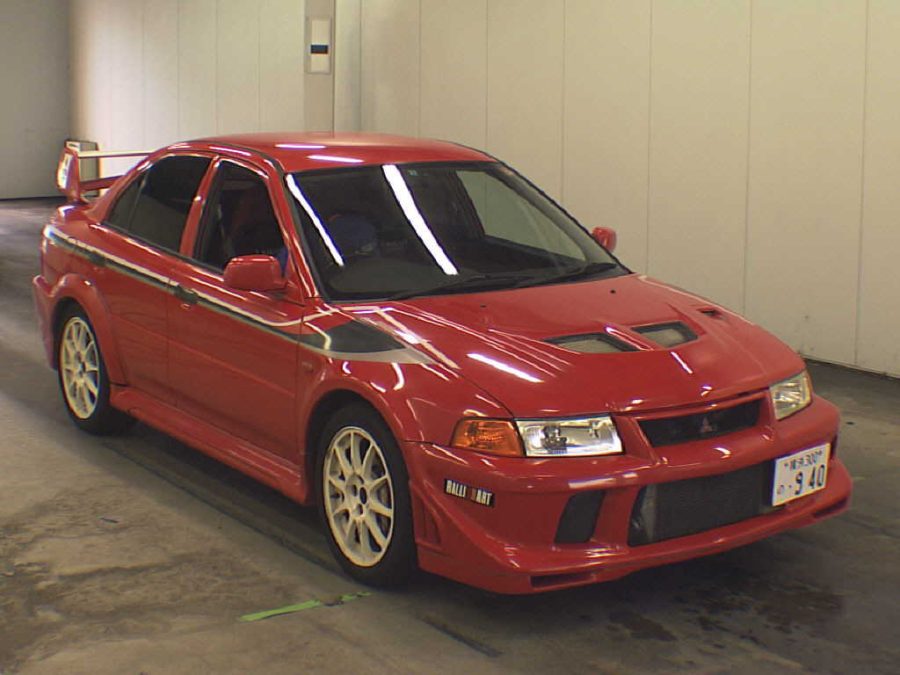Don’t get scammed importing a car from Japan
The early to late 1990s was arguably the best decade for Japanese (sport) cars. With the release of legendary cars such as Skyline GT-R’s, Toyota Chasers, Nissan Silvia’s and more. For a while these have been considered the ‘forbidden fruit’ for us in the United States. But with the infamous 25 year import law, these cars are finally making their way across the Pacific Ocean onto US soil. Many import companies will help you throughout the process, but there’s a chance you may land on a rusty car without your knowledge.
The Basics
Japan is an island nation surrounded by the salty Pacific Ocean. So it wouldn’t be too unusual for cars to have rust problems located on the frame of the vehicle. It also wouldn’t be unusual for a 25+ year old car sitting in Japan soaking in all the salt water to have major rust problems. So be sure to check on the undercarriage of the car and ask for pictures from a trusted importer. It also wouldn’t hurt to check the shock towers for rust located in the engine bay. Also check for resprayed body panels. Resprayed bondo work is an obvious sign of rust that has accumulated in that area.
Auctions
Auctions are a good place to find out the condition of a car you’re interested in. These auctions are held in Japan regularly.
Every auction comes with auction sheets. These documents describe the condition of the car, true mileage, rust problems and small imperfections. With the highest grade being a 5 and the lowest 1 and R grade. 5 indicates the car is in perfect condition and no repairs needed at all. Grade 1 indicates the car needs major repairs and has problems. R grade being the lowest, it stands for repair and is the lowest grade a vehicle can receive.
Shady Importers
With the growing popularity of the JDM car segment, it’s not surprising that people have capitalized on it. With many car dealerships that only specialize in importing 25+ year old Japanese cars in the states. Unfortunately, some shops are not truthful with their customers, and sell cars that they know have underlying problems. Some shady shops are buying these cars at dirt cheap prices at auction, with common problems being rust and unhealthy engines and transmissions. They then respray the car with new paint, slap on some new wheels and sell them at sky high prices to us buyers. So it is very important to research who and where you’re buying them. In fact, there’s a group on Facebook called ‘I got screwed by shady JDM Importers’ that exposes these shops for their dishonest practices.
Conclusion
In conclusion, finding your perfect car that captures that 90’s Japanese nostalgia is harder than it seems. The best way to avoid shoddy cars is to check out the car yourself. That can involve you either flying out to Japan, or if you’re lucky enough to find one local to you. It’s important to know that there are truthful dealers out there who sell these cars as well. So, good luck on finding your dream car!






Nyle L • Mar 16, 2022 at 10:02 AM
I’ve never heard about the Toyota Chaser but I looked it up and it looks pretty cool. Ill probably never buy a JDM car but if I do Ill know what to do for.